The installation location of photovoltaic modules should give priority to the requirements of solar radiation intensity and its incident angle. According to the International Electrotechnical Commission (IEC) standard, the optimal inclination angle of photovoltaic panels should be set to ±10° of the local latitude to maximize energy capture throughout the year. For example, in areas at 30° north latitude, the optimal inclination angle of photovoltaic panels ranges from 20° to 40°. At the same time, the installation azimuth angle must be strictly controlled within the range of ±15° to ensure that there are no obstructions affecting the light reception of photovoltaic modules during the period from 9:00 to 15:00 every day. For complex terrain, it is recommended to use drone aerial surveys and three-dimensional modeling technology to accurately evaluate the shadow effects of obstacles such as buildings and trees on photovoltaic modules to ensure that the shadow coverage time does not exceed 2 hours during the operation cycle of the photovoltaic panels.
The installation location of the air conditioner host should comprehensively consider heat dissipation efficiency and noise control. The outdoor unit should be set in a well-ventilated area, and the back and sides of its condenser should be kept more than 500 mm away from surrounding obstacles, while the space distance in the front exhaust direction should be greater than 700 mm. Experimental data show that when the distance between the obstacles around the outdoor unit and it is shortened to 300 mm, the cooling capacity may decrease by 15% to 20%. The installation foundation needs to have a concrete strength of C20 or above, and 8 sets of M16 expansion bolts are used to fix it to ensure that the vibration amplitude of the equipment does not exceed 0.3 mm/s during operation. To reduce noise interference, the straight-line distance between the outdoor unit and the bedroom window should be greater than 8 meters, or a sound barrier can be set up to reduce noise transmission.
The deployment location of the energy storage system needs to focus on ambient temperature and safety protection measures. The operating temperature range of the lithium iron phosphate battery pack is -20℃ to 55℃, so the installation ambient temperature should be controlled between 15℃ and 35℃. The battery cabinet should have an IP55 protection level and be equipped with a forced ventilation system and a temperature sensor to automatically start the cooling fan when the ambient temperature exceeds 40℃. The installation height of the battery cluster should be 300 mm above the ground to prevent ground moisture from corroding the battery. In addition, independent fire protection partitions need to be set up and equipped with a heptafluoropropane gas fire extinguishing system to ensure that the fire does not spread when the battery has thermal runaway.
The overall energy efficiency optimization of the system should be achieved through reasonable spatial layout. The horizontal distance between the photovoltaic panel and the air conditioner host should be controlled within 15 meters. For every 10 meters increase in the length of the DC cable, the line loss will increase by 0.5%. The energy storage system should be installed at the geometric center of the photovoltaic panel and the air conditioner host to shorten the energy transmission path. It is recommended to use building information modeling (BIM) technology for the comprehensive layout of three-dimensional pipelines to ensure that the distance between the photovoltaic cable, DC power line and signal line is more than 300 mm to avoid electromagnetic interference.
Special design is required for installation in special environments. For example, in areas with severe salt spray corrosion, the photovoltaic panel bracket should be made of 316L stainless steel, and the battery cabinet should be treated with anti-salt spray coating. For areas with frequent typhoons, the photovoltaic panel should be fixed by dual fixing methods of mechanical anchoring and chemical anchor bolts, and the wind resistance should reach above level 12. In plateau areas, plateau compressors should be used, and their pressure resistance should meet the working conditions of a 30% reduction in local atmospheric pressure. Through these professional designs and implementations, the efficient operation and safety of photovoltaic systems, air-conditioning hosts and energy storage systems can be ensured under various environmental conditions.


 Español
Español русский
русский Français
Français Português
Português Deutsch
Deutsch عربى
عربى italiano
italiano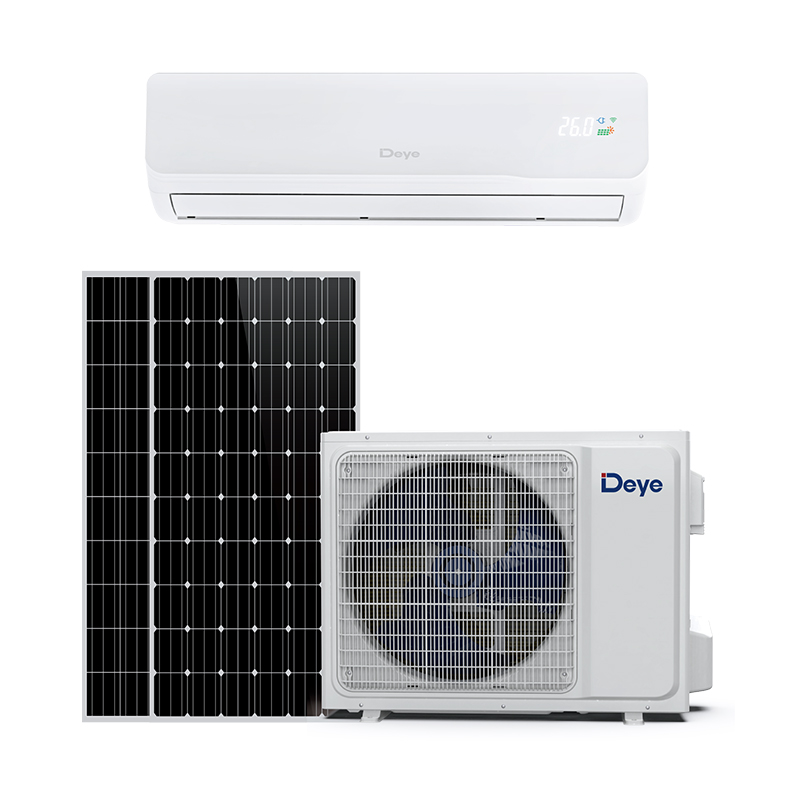
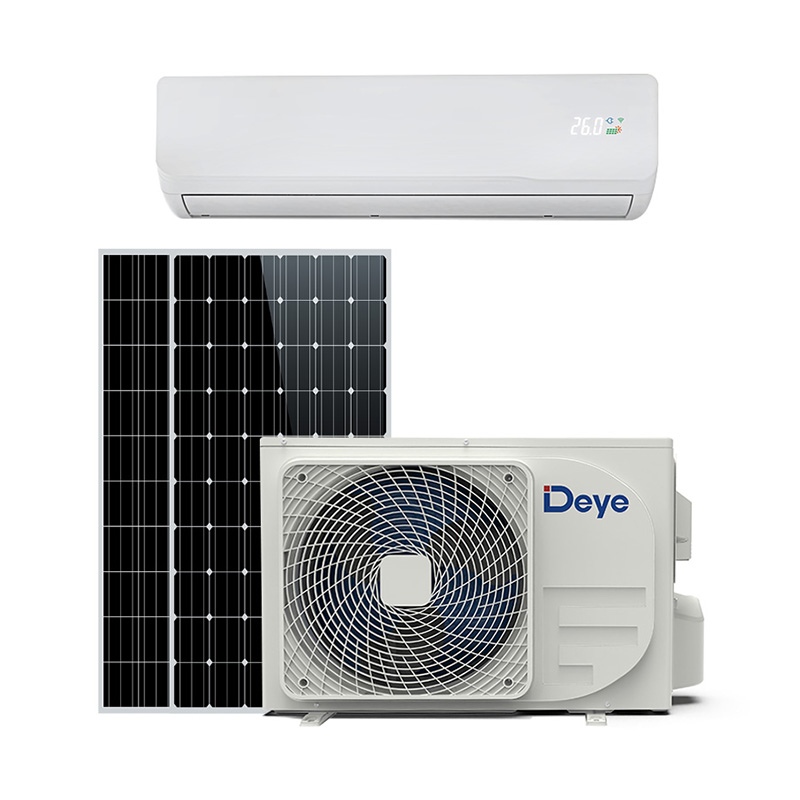
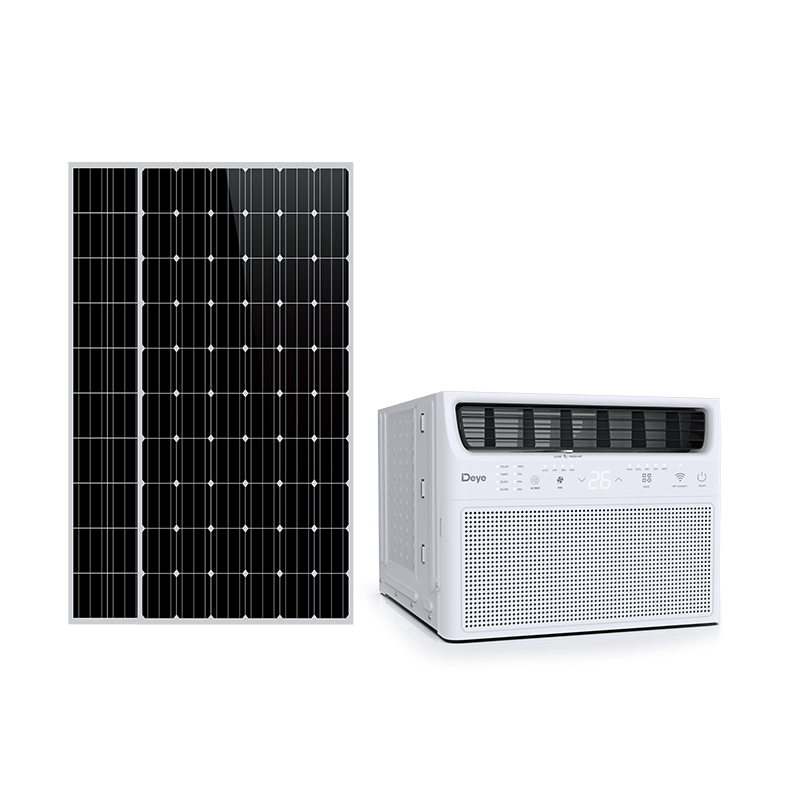


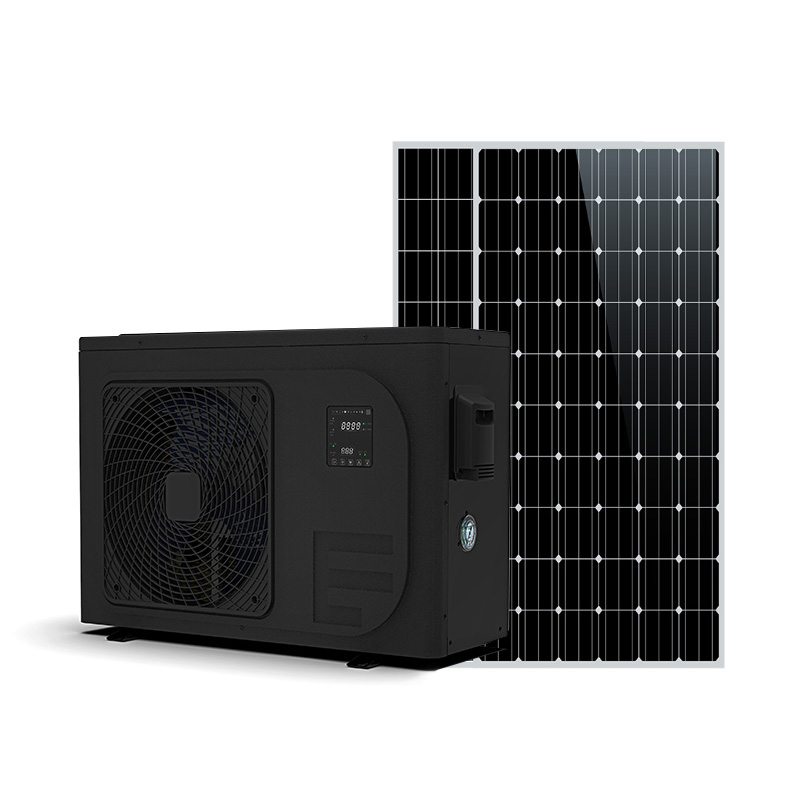
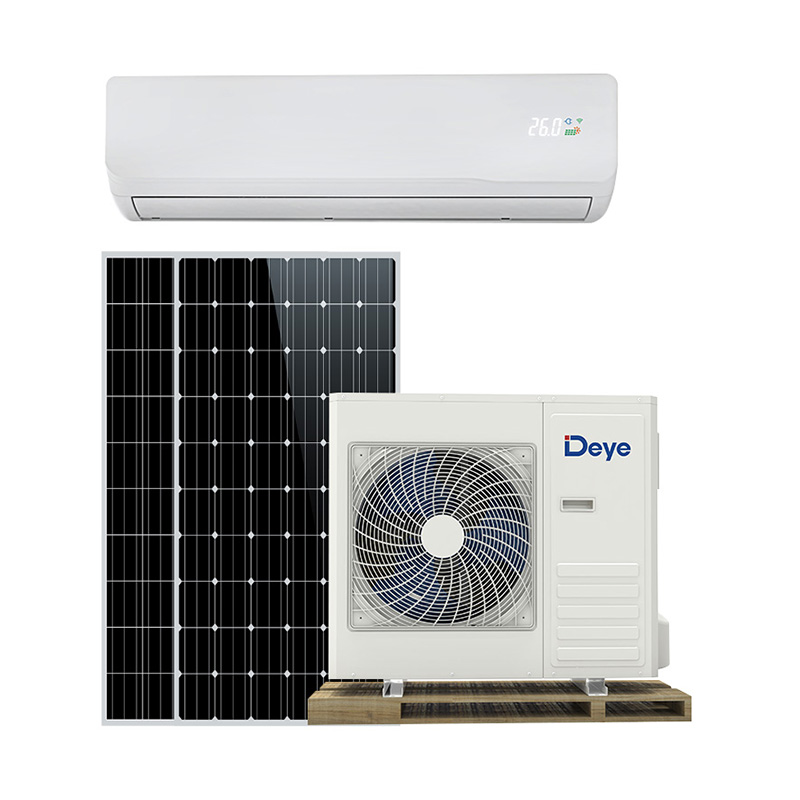
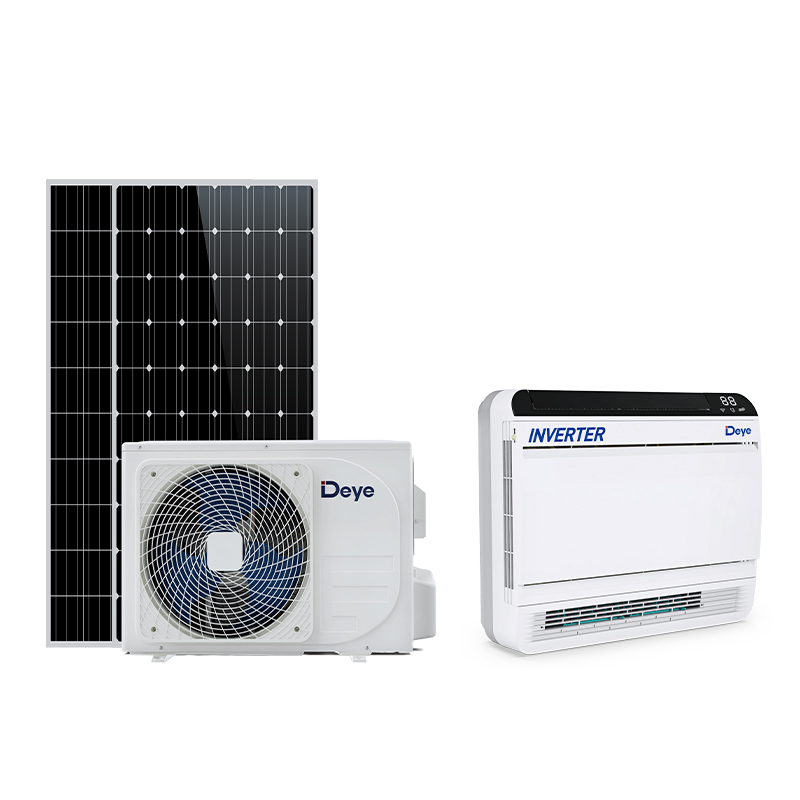




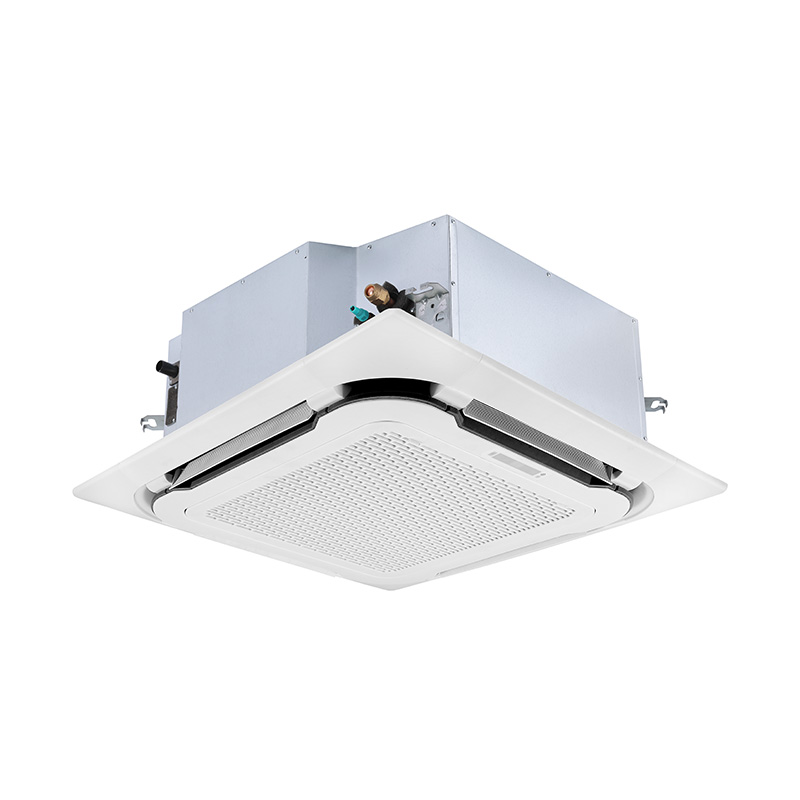
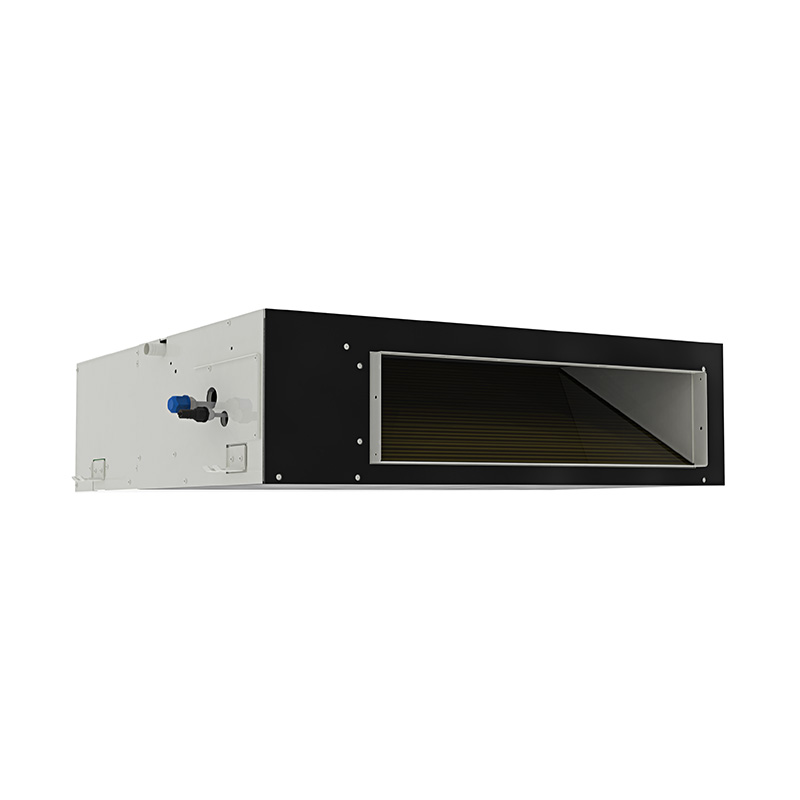
-1.jpg)


